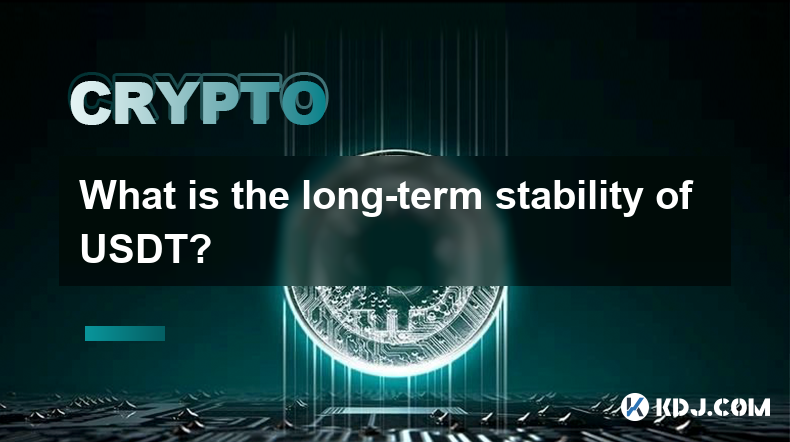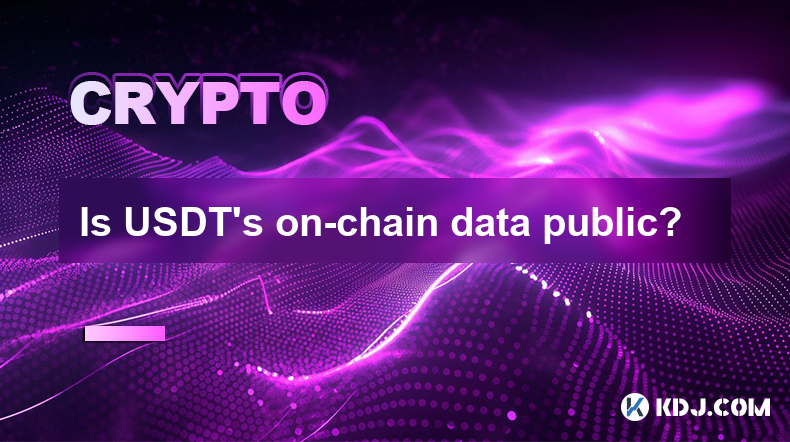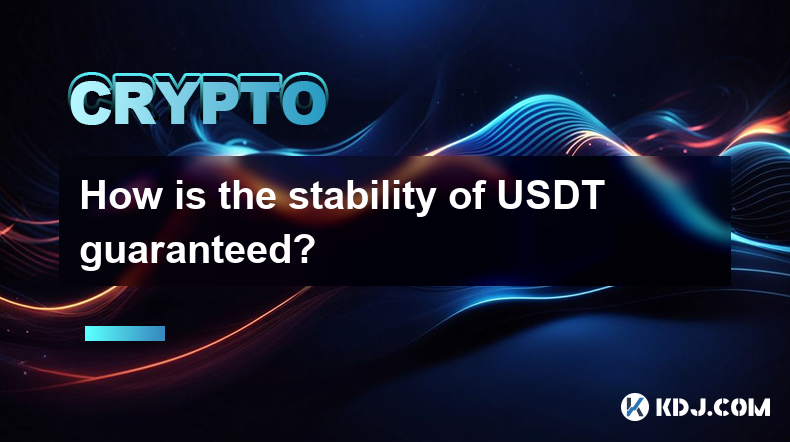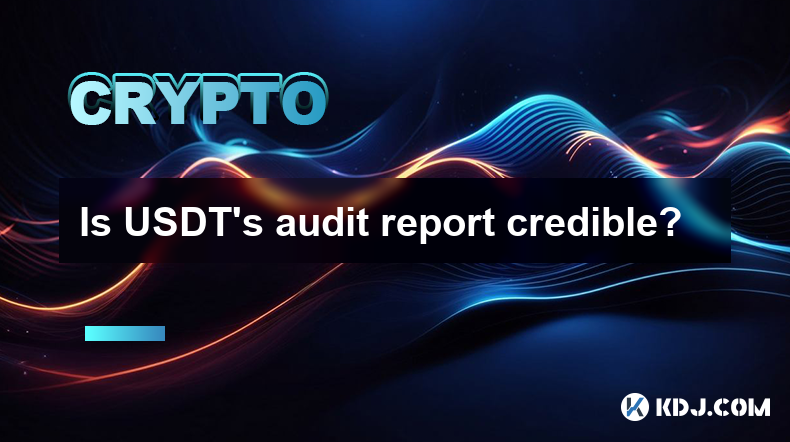-
 Bitcoin
Bitcoin $82,809.3238
0.26% -
 Ethereum
Ethereum $1,788.3498
0.19% -
 Tether USDt
Tether USDt $0.9996
0.01% -
 XRP
XRP $2.1389
1.52% -
 BNB
BNB $593.8056
0.46% -
 Solana
Solana $117.8409
0.68% -
 USDC
USDC $1.0000
0.00% -
 Dogecoin
Dogecoin $0.1682
0.82% -
 Cardano
Cardano $0.6524
0.86% -
 TRON
TRON $0.2376
-1.26% -
 Chainlink
Chainlink $12.6976
1.00% -
 UNUS SED LEO
UNUS SED LEO $8.9647
-4.65% -
 Toncoin
Toncoin $3.2406
-4.07% -
 Stellar
Stellar $0.2542
-1.59% -
 Avalanche
Avalanche $17.9641
-0.09% -
 Sui
Sui $2.2083
-0.33% -
 Shiba Inu
Shiba Inu $0.0...01215
-0.31% -
 Hedera
Hedera $0.1598
-1.67% -
 Litecoin
Litecoin $82.5025
-1.03% -
 Polkadot
Polkadot $3.9190
-3.38% -
 MANTRA
MANTRA $6.2529
-1.42% -
 Bitcoin Cash
Bitcoin Cash $299.2452
-0.20% -
 Bitget Token
Bitget Token $4.4733
-0.84% -
 Dai
Dai $1.0001
0.03% -
 Ethena USDe
Ethena USDe $0.9991
-0.02% -
 Pi
Pi $0.6490
24.27% -
 Monero
Monero $216.2546
0.14% -
 Hyperliquid
Hyperliquid $11.5189
-0.61% -
 Uniswap
Uniswap $5.8323
0.52% -
 OKB
OKB $50.3685
5.29%
What is the long-term stability of USDT?
USDT's long-term stability hinges on transparent reserves, regulatory navigation, and competition with other stablecoins like USDC and DAI.
Apr 04, 2025 at 10:28 pm

The long-term stability of USDT, also known as Tether, is a topic of significant interest within the cryptocurrency community. USDT is a type of stablecoin, designed to maintain a stable value by being pegged to a reserve asset, typically the US dollar. The stability of USDT is crucial for its widespread use in trading, as a hedge against volatility, and as a store of value within the crypto ecosystem. To understand the long-term stability of USDT, it's essential to examine its underlying mechanisms, historical performance, and the challenges it faces.
Mechanisms Behind USDT Stability
USDT achieves its stability through a mechanism known as a fiat-collateralized stablecoin. This means that for every USDT token in circulation, Tether Limited claims to hold an equivalent amount of US dollars in reserve. This 1:1 peg is intended to ensure that USDT can be redeemed for its equivalent value in USD at any time, thus maintaining its stability. Tether Limited periodically releases attestations from independent auditors to verify the reserves backing USDT. However, the transparency and frequency of these audits have been a point of contention within the crypto community.
To maintain the peg, Tether employs several strategies:
- Issuance and Redemption: Tether can issue new USDT tokens when there is a demand for them and redeem them when users want to convert their USDT back to USD. This process helps to keep the supply of USDT in line with demand, thereby maintaining its value.
- Market Operations: Tether may engage in market operations to stabilize the peg, such as buying or selling USDT in the open market to counteract any deviations from the $1 peg.
- Collateral Management: Tether manages its reserves to ensure they are sufficient to back the circulating supply of USDT. This includes managing the types of assets held in reserve, which may include cash, cash equivalents, and other assets.
Historical Performance of USDT
Historically, USDT has shown a remarkable ability to maintain its peg to the US dollar, even during times of significant market turbulence. For instance, during the cryptocurrency market crash in March 2020, while many cryptocurrencies experienced severe price drops, USDT remained largely stable around the $1 mark. This stability has made USDT a popular choice for traders looking to move assets in and out of volatile cryptocurrencies without converting back to fiat currency.
However, there have been instances where USDT has deviated from its peg, albeit briefly. One notable example was in October 2018 when USDT briefly traded below $0.95. These deviations were quickly corrected, but they raised questions about the robustness of USDT's stability mechanisms. The incidents highlighted the importance of maintaining sufficient and verifiable reserves to back the circulating supply of USDT.
Challenges to USDT's Long-term Stability
Despite its historical performance, USDT faces several challenges that could impact its long-term stability. One of the primary concerns is the transparency of its reserves. Tether has faced criticism for not providing regular, comprehensive audits of its reserves. This lack of transparency can undermine confidence in USDT's ability to maintain its peg, especially during times of market stress.
Another challenge is the regulatory environment. As stablecoins like USDT become more integral to the cryptocurrency ecosystem, they are attracting increased scrutiny from regulators around the world. Regulatory actions, such as restrictions on the issuance or use of stablecoins, could impact USDT's stability. For instance, if regulators were to impose stricter reserve requirements or limit the types of assets that can be held as collateral, it could affect Tether's ability to maintain its peg.
Additionally, the rise of competing stablecoins, such as USDC and DAI, poses a competitive challenge to USDT. These alternatives offer similar stability but with different mechanisms and, in some cases, greater transparency. As more users and platforms adopt these competing stablecoins, it could impact the demand for USDT and, consequently, its stability.
Future Outlook for USDT Stability
Looking ahead, the long-term stability of USDT will depend on several factors. First, Tether's ability to maintain and demonstrate the sufficiency of its reserves will be crucial. More frequent and detailed audits could help to restore and maintain confidence in USDT's stability. Second, the evolving regulatory landscape will play a significant role. Tether will need to navigate regulatory requirements effectively to ensure the continued stability of USDT.
Finally, the competitive landscape within the stablecoin market will influence USDT's stability. Tether will need to continue to innovate and adapt to remain a preferred choice for users seeking stability within the cryptocurrency ecosystem. This could involve enhancing transparency, improving the user experience, or exploring new use cases for USDT.
Common Questions About USDT Stability
Q: How does USDT maintain its peg to the US dollar?
A: USDT maintains its peg through a combination of issuance and redemption processes, market operations, and collateral management. Tether issues new USDT tokens to meet demand and redeems them when users want to convert back to USD. Market operations help to counteract any deviations from the peg, and Tether manages its reserves to ensure they are sufficient to back the circulating supply of USDT.
Q: Has USDT ever lost its peg?
A: Yes, there have been instances where USDT has briefly deviated from its $1 peg. One notable example was in October 2018 when USDT traded below $0.95. However, these deviations were quickly corrected, and USDT has generally maintained its peg over time.
Q: What are the main challenges to USDT's long-term stability?
A: The main challenges to USDT's long-term stability include the transparency of its reserves, the regulatory environment, and competition from other stablecoins. Tether's lack of regular, comprehensive audits has raised concerns about the sufficiency of its reserves. Regulatory actions could impact Tether's ability to maintain its peg, and the rise of competing stablecoins could affect demand for USDT.
Q: How can Tether improve the long-term stability of USDT?
A: Tether can improve the long-term stability of USDT by enhancing the transparency of its reserves through more frequent and detailed audits. Navigating the regulatory landscape effectively and adapting to new regulations will also be crucial. Additionally, Tether can remain competitive by innovating and exploring new use cases for USDT within the cryptocurrency ecosystem.
Disclaimer:info@kdj.com
The information provided is not trading advice. kdj.com does not assume any responsibility for any investments made based on the information provided in this article. Cryptocurrencies are highly volatile and it is highly recommended that you invest with caution after thorough research!
If you believe that the content used on this website infringes your copyright, please contact us immediately (info@kdj.com) and we will delete it promptly.
- A cryptocurrency whale has suffered a staggering loss of $2.17 million following a major crash of the $ACT token.
- 2025-04-05 22:20:12
- title: GameStop Secures $1.5 Billion for Bitcoin Investment
- 2025-04-05 22:20:12
- Amid the Delicate Dance of Digital Assets, a New Player Enters the Stage—global uncertainty.
- 2025-04-05 22:15:12
- Here Is How Crypto Markets Might React to Trump's 'Liberation Day'
- 2025-04-05 22:15:12
- Shiba Inu (SHIB) Needs no Introduction
- 2025-04-05 22:10:12
- Bitcoin (BTC) Price Drops as Funding Rates Turn Negative, But Experts See Potential for Recovery Due to Corporate Buyouts and Long-Term Holder Accumulation
- 2025-04-05 22:10:12
Related knowledge

What is the long-term stability of USDT?
Apr 04,2025 at 10:28pm
The long-term stability of USDT, also known as Tether, is a topic of significant interest within the cryptocurrency community. USDT is a type of stablecoin, designed to maintain a stable value by being pegged to a reserve asset, typically the US dollar. The stability of USDT is crucial for its widespread use in trading, as a hedge against volatility, an...

Is USDT's on-chain data public?
Apr 05,2025 at 08:49am
The transparency of USDT's on-chain data is a topic of significant interest within the cryptocurrency community. Tether, the company behind USDT, claims that its operations are transparent and that the on-chain data is publicly accessible. However, understanding the nuances of this data and how to access it can be challenging. This article will delve in...

How is the stability of USDT guaranteed?
Apr 03,2025 at 06:00am
The stability of USDT, also known as Tether, is a critical aspect that underpins its role as a stablecoin in the cryptocurrency market. USDT is designed to maintain a 1:1 peg with the US dollar, which is achieved through a combination of mechanisms and practices. Understanding these elements is essential for anyone interested in the stability and reliab...

How is USDT compliant?
Apr 05,2025 at 11:28am
USDT, also known as Tether, is a stablecoin that aims to maintain a stable value by being pegged to the US dollar. Ensuring compliance is crucial for Tether to maintain its reputation and operational integrity within the cryptocurrency ecosystem. Compliance in the context of USDT involves adhering to various regulatory standards, including anti-money la...

Is USDT's audit report credible?
Apr 02,2025 at 03:00pm
The credibility of USDT's audit report is a topic of significant interest and debate within the cryptocurrency community. USDT, or Tether, is a stablecoin that claims to be backed 1:1 by traditional fiat currencies, primarily the US dollar. The company behind USDT, Tether Limited, periodically releases audit reports to assure users of its solvency and t...

Is USDT's reserve transparent?
Apr 03,2025 at 01:50pm
USDT, also known as Tether, is a widely used stablecoin in the cryptocurrency market, designed to maintain a 1:1 peg with the US dollar. One of the most frequently asked questions about USDT is the transparency of its reserves. This article aims to delve into the details of USDT's reserve transparency, exploring the measures Tether Limited has taken to ...

What is the long-term stability of USDT?
Apr 04,2025 at 10:28pm
The long-term stability of USDT, also known as Tether, is a topic of significant interest within the cryptocurrency community. USDT is a type of stablecoin, designed to maintain a stable value by being pegged to a reserve asset, typically the US dollar. The stability of USDT is crucial for its widespread use in trading, as a hedge against volatility, an...

Is USDT's on-chain data public?
Apr 05,2025 at 08:49am
The transparency of USDT's on-chain data is a topic of significant interest within the cryptocurrency community. Tether, the company behind USDT, claims that its operations are transparent and that the on-chain data is publicly accessible. However, understanding the nuances of this data and how to access it can be challenging. This article will delve in...

How is the stability of USDT guaranteed?
Apr 03,2025 at 06:00am
The stability of USDT, also known as Tether, is a critical aspect that underpins its role as a stablecoin in the cryptocurrency market. USDT is designed to maintain a 1:1 peg with the US dollar, which is achieved through a combination of mechanisms and practices. Understanding these elements is essential for anyone interested in the stability and reliab...

How is USDT compliant?
Apr 05,2025 at 11:28am
USDT, also known as Tether, is a stablecoin that aims to maintain a stable value by being pegged to the US dollar. Ensuring compliance is crucial for Tether to maintain its reputation and operational integrity within the cryptocurrency ecosystem. Compliance in the context of USDT involves adhering to various regulatory standards, including anti-money la...

Is USDT's audit report credible?
Apr 02,2025 at 03:00pm
The credibility of USDT's audit report is a topic of significant interest and debate within the cryptocurrency community. USDT, or Tether, is a stablecoin that claims to be backed 1:1 by traditional fiat currencies, primarily the US dollar. The company behind USDT, Tether Limited, periodically releases audit reports to assure users of its solvency and t...

Is USDT's reserve transparent?
Apr 03,2025 at 01:50pm
USDT, also known as Tether, is a widely used stablecoin in the cryptocurrency market, designed to maintain a 1:1 peg with the US dollar. One of the most frequently asked questions about USDT is the transparency of its reserves. This article aims to delve into the details of USDT's reserve transparency, exploring the measures Tether Limited has taken to ...
See all articles



















































































